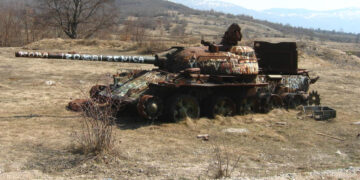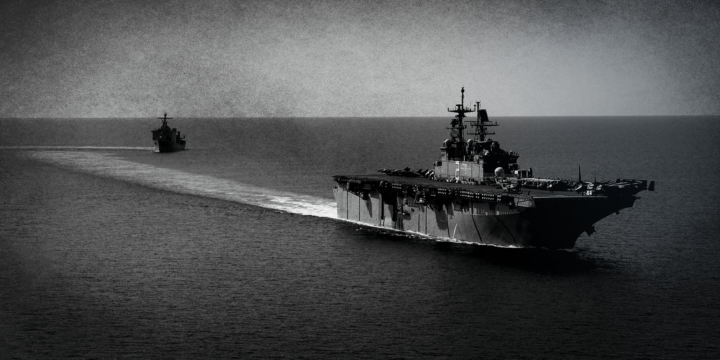The 7 October attack by Hamas, the worst act of terrorism against Israel since the state’s founding in 1948, was unprecedented in its scale and scope. With more than 1,400 people killed, most of them civilians, the attack has forced the Israeli political establishment to embrace options – like a ground invasion of Gaza – that were previously viewed as extreme. The Israeli intelligence community will no doubt conduct an after-action review to determine how Hamas could have planned and executed such an operation without being noticed. But at this stage, current operational planning is the priority. The Israel Defense Forces (IDF) have spent the past three weeks engaging in a ferocious air campaign against targets in the Hamas-ruled Gaza Strip, with 6,000 bombs dropped by the Israeli Air Force in the first six days of the counterattack. Israel’s borders with Gaza are sealed, fuel imports have been cut off and Israeli ground forces are making initial forays toward Gaza City to destroy Hamas’s network of tunnels. Around 360,000 reservists have been sent to the front, Israel’s largest mobilisation since the 1973 Yom Kippur War.
As Israeli Prime Minister Benjamin Netanyahu declared on 27 October, the IDF aims to ‘completely defeat the murderous enemy and guarantee our existence’. Lofty objectives indeed – but two obvious questions need to be asked and answered. First, is it possible to destroy Hamas? And second, who governs Gaza after Hamas is routed?
Read article in Royal United Services Institute
Author

Daniel
DePetris
Fellow
More on Middle East

December 28, 2024

By Daniel Davis
December 20, 2024





